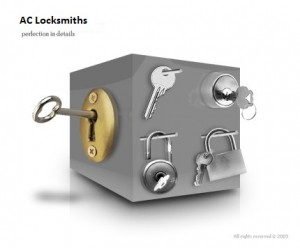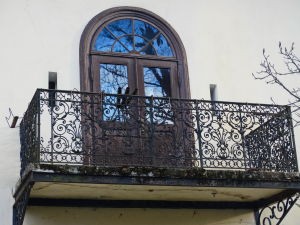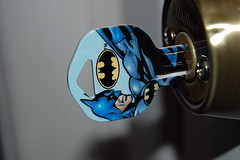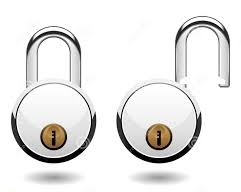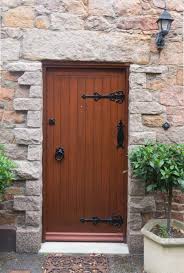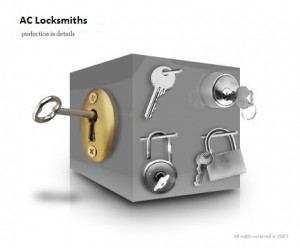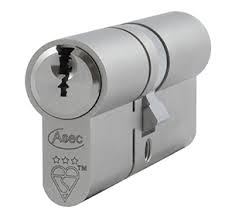Different Locks Explained Part 2
The mortice lock (sometimes spelt mortise) and often referred to as a ‘Chubb’ lock.
When your home insurance talks about 5 lever locks, it is referring to this type of lock and not the multi-point locking system of the type found on upvc type doors.You can have two main types of mortice lock.This is the deadlock;
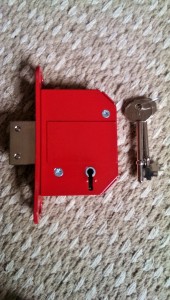
And this is the sash lock – essentially a deadlock with retractable latch;
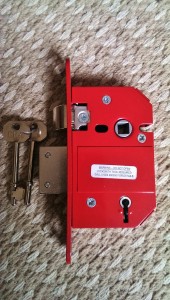
The two pictures are 5 lever mortice locks and made to British Standard 3621 quality. The following pictures show what makes them such high quality:
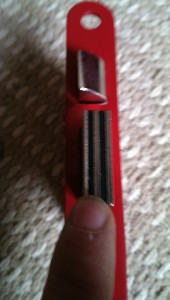 The black layers you can see in between the hard steel plates, is designed to snag hack-saws, stopping any potential attack where a wide gap between the door and frame might allow for this to happen. The bolt itself comes out a long way to ensure anyone attempting to ‘pop’ the door with a crowbar is in for a serious struggle. In burglaries I have attended where the door has been opened with a crowbar, the wood of the door has split rather than the lock breaking. That is because the keep that sits in the door frame is a solid construction as well. Two and three lever mortice locks have a much smaller bolt and usually, the keep is just a thin piece of metal that goes over holes cut into the wood.
The black layers you can see in between the hard steel plates, is designed to snag hack-saws, stopping any potential attack where a wide gap between the door and frame might allow for this to happen. The bolt itself comes out a long way to ensure anyone attempting to ‘pop’ the door with a crowbar is in for a serious struggle. In burglaries I have attended where the door has been opened with a crowbar, the wood of the door has split rather than the lock breaking. That is because the keep that sits in the door frame is a solid construction as well. Two and three lever mortice locks have a much smaller bolt and usually, the keep is just a thin piece of metal that goes over holes cut into the wood.A five lever mortice lock keep looks like this:
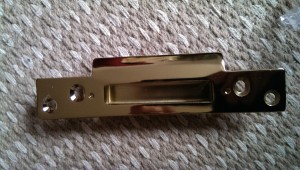
It will be made of a thick hard plate metal and secured with four deep set screws.Two and three lever mortice locks can be picked relatively easily, because tools can be inserted up into the lock from the key hole from where the burglar can manipulate the levers.
On a BS3621 5 lever mortice lock, that method of attack is made all the harder by the anti-pick curtain, shown here:
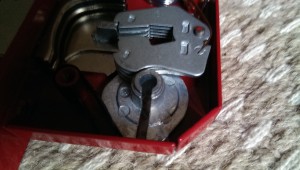
This round bit is the part you put your key into and stops any manipulation of the levers above.
You can see it again in this next picture which also shows the hardened steel plate that stops standard drills making any holes where burglars need them to move the levers and therefore open the lock.
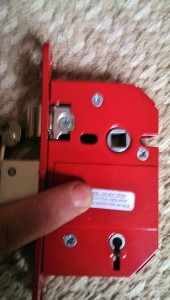
Levers
Now, onto the levers themselves. Because this is a 5 lever lock, there are obviously five of them. That means trying to pick one of these (if the burglar is willing to spend the time trying to get past the anti-pick curtain), is really difficult. There is a technique, but it requires holding just the right pressure as you do each lever in turn. If you make it to the fifth one, you are either very determined, or very lucky. These levers also have anti-pick traps, which in some cases, will render the lock completely unusable. Certain brands wear very easily and poorly cut copied keys can set these traps off, so make sure the person cutting any extra keys uses ones that have the brand name on them and has plenty of experience.
Here are the levers:
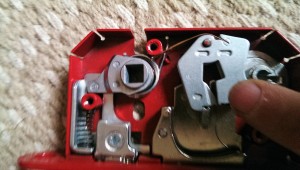
If you just don’t know whether or not your locks are up to standard, there is one way to ensure it meets the necessary standards. It should display the British Standard Kite Mark like this:
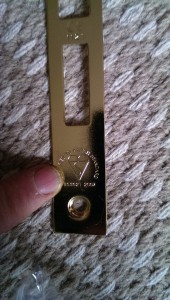
Now this piece only covers the basic mortice locks. There are other mortice locks which are in a bit of a grey area. For example, horizontal mortice locks which have the key hole and usually a knob on a side by side set up rather than a lever handle above the key hole. If you have one of these, the chances are it is a 3 lever lock and not insurance compliant as a standalone lock. There are 5 lever versions but these are expensive and do not always work with older doors. You can also have narrow fit mortice locks for doors that do not have much space into which a lock will fit. Non-standard 5 lever mortice locks do not carry BS3621 kite marks, but often satisfy insurance companies if they are made aware of the circumstances in which they have been fitted.
If you have any doubts at all, contact your local locksmith who can either advise on your best course of action, and may be prepared to word a letter to your insurance company explaining unusual circumstances. Remember even if the burglar gets in through a door that has the appropriate lock on it, some insurance companies will refuse to pay out if any one of your other locks is not up to standard.
If you require any more information regarding the locks mentioned above, please do not hesitate to contact me using any of the methods on my contacts page. If there are any other locksmith related topics you would like me to cover, please either leave a comment or drop me an email, my address can be found on the contacts page.
Thanks for reading.
admin December 16, 2015
5 lever mortice locks / British Standard locks / Which lock? /


